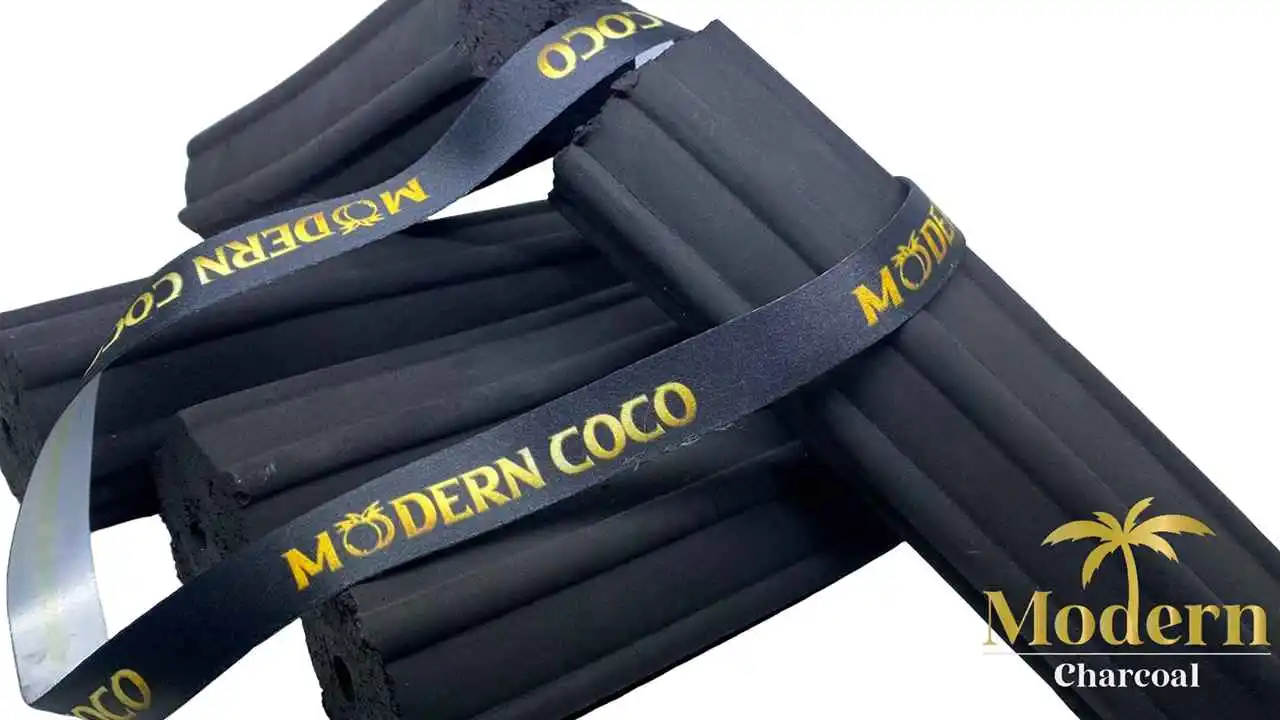Charcoal, often associated with barbecues and industrial applications, also has significant environmental interactions once it is introduced into natural ecosystems. The rate at which charcoal breaks down in the environment is a topic of considerable interest for environmental scientists, gardeners, and sustainability advocates alike. Understanding the decomposition process of charcoal is essential for assessing its impact on soil health, carbon sequestration, and overall ecosystem dynamics. This article delves into the factors influencing the breakdown of charcoal in the environment and the implications of its degradation.

The Nature of Charcoal:
Charcoal is a form of carbon-rich material produced by the pyrolysis of wood, that is, burning in the absence of oxygen. This process removes water and volatile compounds, leaving behind a porous, lightweight black substance. Due to its carbon content and structure, charcoal is relatively stable and resistant to decomposition under normal conditions. However, once exposed to environmental elements, it begins a slow process of breakdown.
Factors Affecting Charcoal Breakdown:
1. Physical Environment:
The rate at which charcoal breaks down can vary significantly depending on the physical environment. Factors such as temperature, moisture, and the presence of oxygen play crucial roles. For instance, higher moisture levels can accelerate microbial activity, which in turn can increase the rate of charcoal degradation.
2. Microbial Activity:
Microorganisms are the primary agents responsible for the decomposition of charcoal. Fungi and bacteria can slowly consume the carbon in charcoal, transforming it into carbon dioxide, water, and other compounds. The presence and activity level of these microorganisms are influenced by environmental conditions such as soil pH, moisture, and temperature.
3. Chemical Composition:
The initial composition of charcoal, including its porosity, surface area, and the presence of minerals, can affect its breakdown. Charcoal made from different types of wood or produced at different temperatures can have varied resistance to decomposition.
4. Physical Fragmentation:
Physical forces such as water flow, wind, and mechanical disturbances can break charcoal into smaller pieces, increasing its surface area and making it more susceptible to microbial attack.
Implications of Charcoal Breakdown:
1. Soil Health and Fertility:
Charcoal, particularly in the form of biochar, can improve soil health by increasing water retention, nutrient availability, and providing a habitat for beneficial microorganisms. As it slowly breaks down, it releases nutrients back into the soil, contributing to long-term fertility.
2. Carbon Sequestration:
The slow decomposition rate of charcoal makes it an excellent candidate for carbon sequestration. By locking carbon in a stable form, charcoal can help mitigate climate change by reducing the amount of carbon dioxide released into the atmosphere.
3. Ecosystem Dynamics:
Charcoal can influence ecosystem dynamics by affecting soil properties and plant growth. Its breakdown products can either be beneficial or harmful, depending on the concentration and environmental context.
Many type of charcoal which one of them is a charcoal chimney, also known as a chimney starter, is a cylindrical tool used to light charcoal quickly and evenly without the need for lighter fluid, which can leave an unwanted chemical taste on your food. It’s typically made from metal and has a compartment for charcoal above and a space below for an ignition source. Another one charcoal for grill, A charcoal grill is a device designed to cook food over hot charcoal embers. The basic construction of a charcoal grill is straightforward yet effective; it typically includes a chamber or pit where the charcoal is burned, a grate upon which food is placed, and vents that control airflow and, consequently, the heat intensity. The simplicity of its design belies the culinary complexity it can achieve, allowing for a wide range of grilling techniques from searing at high temperatures to smoking over low and slow heat.
Conclusion:
The breakdown of charcoal in the environment is a slow process influenced by a variety of factors, including physical conditions, microbial activity, and its chemical composition. While the rate of decomposition can vary widely, charcoal generally remains in the environment for years to centuries, contributing to carbon sequestration, soil health, and ecosystem dynamics. Understanding the factors that affect charcoal’s lifespan in the environment is crucial for maximizing its benefits and mitigating any potential negative impacts. As research continues, the role of charcoal in environmental sustainability becomes increasingly evident, offering promising avenues for ecological restoration and climate change mitigation.



